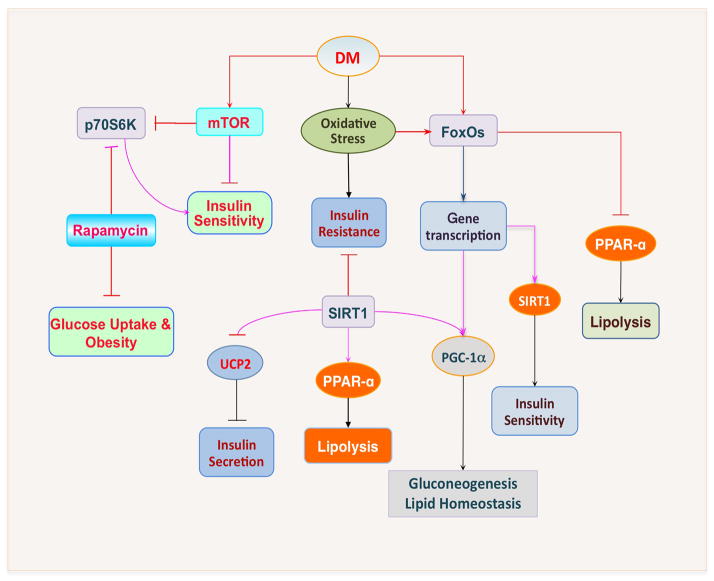Figure 2. The intimate relationship among SIRT1, mTOR, and FoxOs during diabetes mellitus.
Following the induction of oxidative stress during diabetes mellitus (DM), insulin resistance can ensue. Activation of SIRT1 can alter insulin sensitivity and increase the secretion of insulin by repressing the mitochondrial uncoupling protein 2 (UCP2), promote lypolysis by mediating peroxisome proliferators-activated receptor-γ (PPAR-α), and increase gluconeogenesis and lipid homeostasis by regulating proliferators-activated receptor-γ coactivator (PGC)-1α. In addition, increased activity of forkhead transcription factors (FoxOs) can increase gene transcription of PGC-1α and also SIRT1 to regulate insulin sensitivity and glucose metabolism. Yet, FoxOs can have an inverse relationship with SIRT1 and may prevent lipolysis through inhibition of PPAR-α. During DM, the activity of the serine/threonine protein kinase mammalian target of rapamaycin (mTOR) may be blocked. Activation of mTOR and its downstream pathways of p70S6K promote the secretion of insulin and increase insulin sensitivity. If mTOR activity is inhibited, such as during rapamycin application, insulin sensitivity and glucose uptake are reduced although obesity may be averted.

